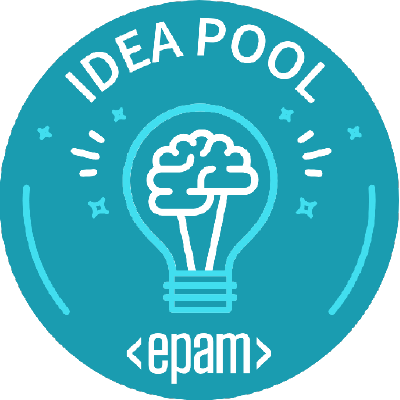Contribution Guideline
We sincerely thank you in advance for your interest in contributing to the JS Assertion CheatSheet. Your expertise and experience in sharing insights regarding the world of JavaScript Assertion tools will tremendously enhance the value this guide offers to a wide range of developers. Follow these guidelines to contribute:
How to Contribute
There are several ways you can contribute to the JS Assertion CheatSheet:
- Build the Documentation: If you have knowledge on differing JavaScript assertion tools or practices, you can help in building the documentation that provides concise instructions, coupled with practical examples for each tool and assertion.
- Update the Documentation: Since technology constantly evolves, we encourage contributors to update any outdated information they encounter or add new tools or practices if they’re not already documented.
- Fix Issues: Whether they’re formatting issues, errors or typos, feel free to fix them. This helps maintain the quality of our guide.
Best Practices
When contributing to the JS Assertion CheatSheet, it’s important to follow certain best practices. Here’s some guidelines to bear in mind:
- Be Polite and Professional: While writing, maintain a respectful and professional tone. Avoid jargon or technical terms and focus on delivering information in a clear and concise manner.
- Be Practical and Actionable: Aim at providing practical recommendations with actionable steps that users can follow.
- Give More Examples: Besides explaining theories, provide practical examples that users can follow when coding.
- Less High-Level, More Hands-On: Encourage users to apply your guidance through actionable and hands-on examples and instructions.
Used Tools
The JS Assertion CheatSheet is built using Jekyll, a static site generator, and Markdown. While familiarity with these tools will be beneficial, the use of our guide doesn’t require extensive technical knowledge because of the simplicity of Markdown format.
Development Process
To contribute to the JS Assertion CheatSheet, follow these steps:
- Create an Issue: Before making any changes, propose your contribution through creating an issue in our repository. This promotes collaboration and ensures your contribution aligns with the goals of our guide.
- Clone the Repository: When your proposed contribution has been accepted, clone the repository to your local environment to begin your work.
- Write Documentation: Use the accepted plan, combined with existing guidelines and documentation to create or update the content of our guide.
- Review Your Work: Before sending in your contribution for review, take a second look at what you’ve done to ensure perfection.
- Create a Pull Request: Once you’re satisfied with your work, create a pull request. Provide a description of your contribution and how it adds value to the guide.
- Merge the Pull Request: After your pull request has been reviewed and accepted, it will be merged to the repository.
Once your pull request has been successfully merged, we’ll say congratulations! Your contribution is now officially a part of the JS Assertion CheatSheet.
License Information
The JS Assertion CheatSheet is released under the MIT license. As a contributor, ensure you respect the terms of the MIT license. Ensure your contribution is your original work or properly attributed to the original source if not your own. Further, make sure your contribution aligns with the MIT license. By contributing to the JS Assertion CheatSheet, you’re agreeing to license your contributions under the MIT license.
Acknowledgments
Thank you for considering to contribute to the JS Assertion CheatSheet. Your time, knowledge, and experience are highly valued and will go a long way in creating a comprehensive guide that empowers users to effectively test AWS services.
